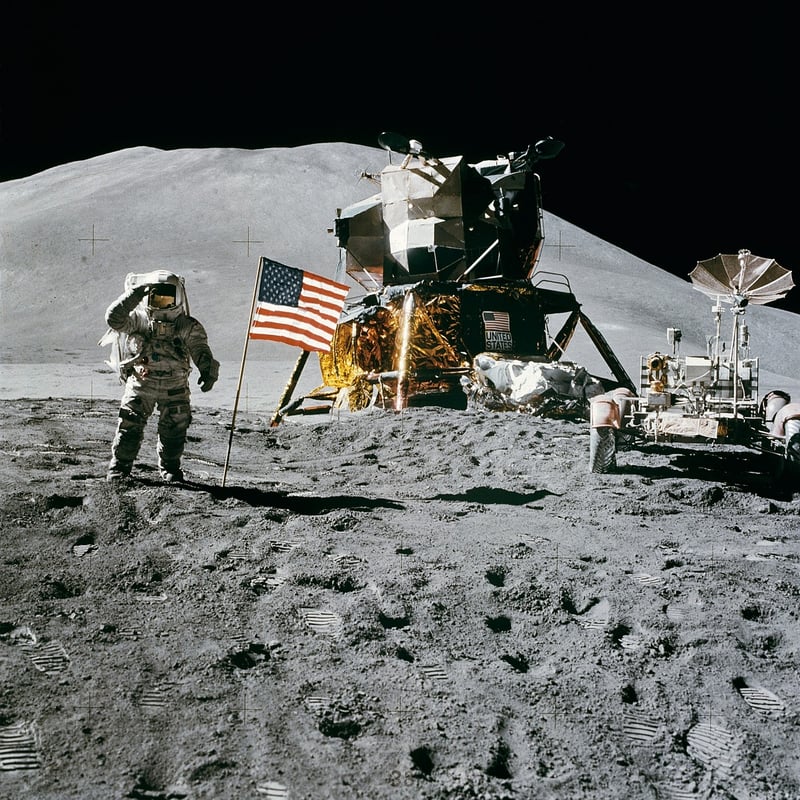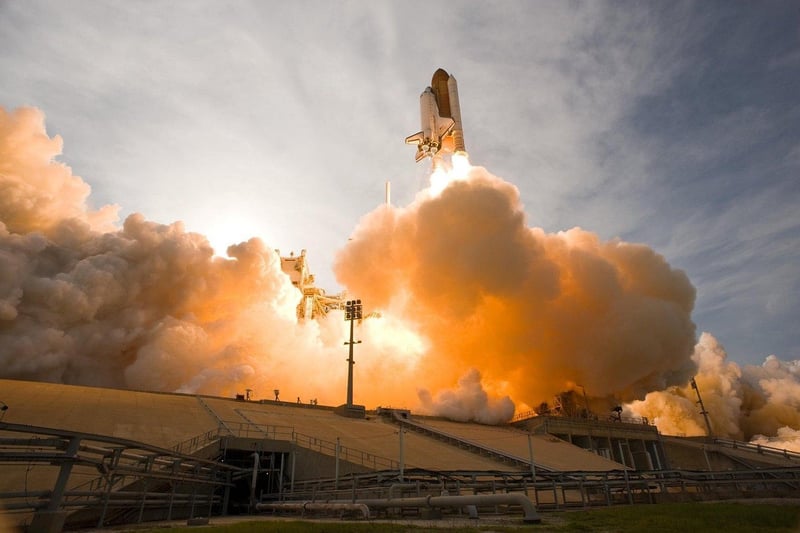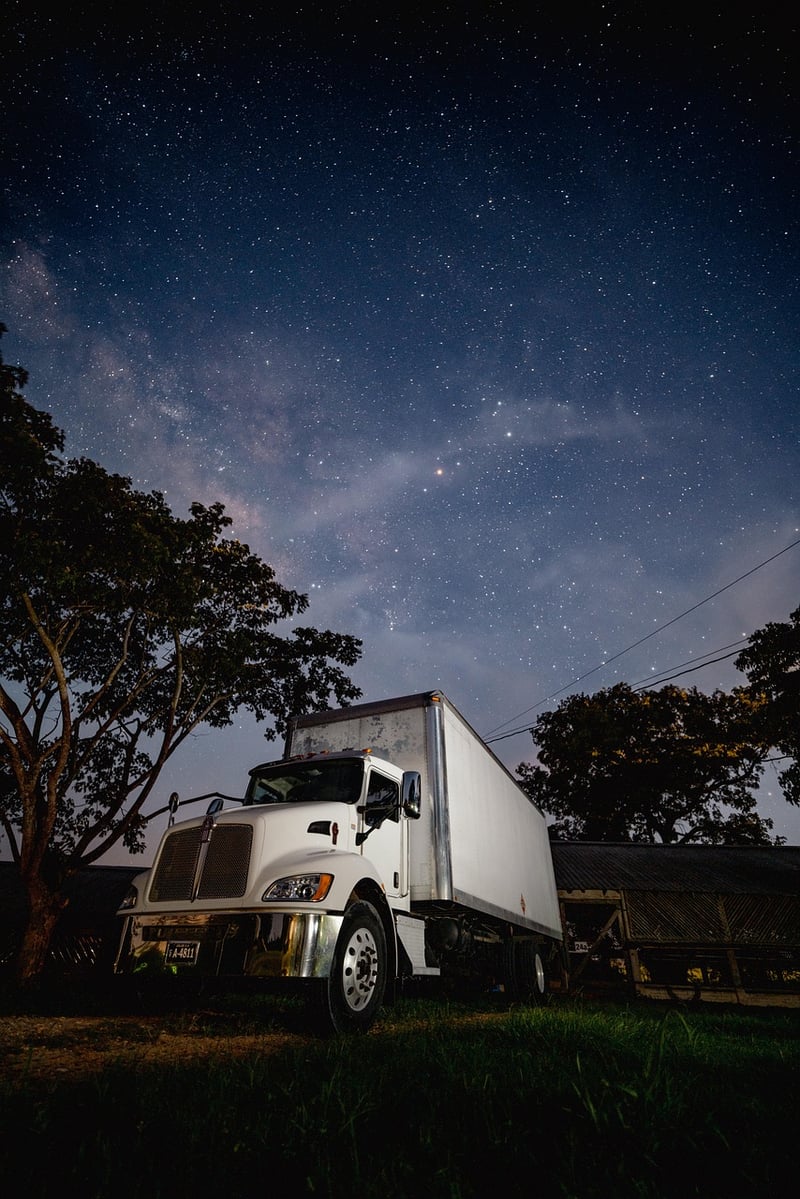Cosmic Transporters
The Future of Space Travel: Cutting-edge Spacecraft and Cosmic Transporters
Introduction
Space exploration has always been a fascinating subject, with technological advancements pushing the boundaries of what we thought was possible. In recent years, there have been significant developments in spacecraft design and propulsion systems, paving the way for more efficient and faster travel through the cosmos. Let's take a closer look at some cutting-edge spacecraft and cosmic transporters that are shaping the future of space exploration.
1. Ion Propulsion Systems
Ion propulsion systems are revolutionizing space travel by offering higher speeds and greater fuel efficiency compared to traditional chemical rockets. These systems work by accelerating ions to generate thrust, allowing spacecraft to travel longer distances with less fuel consumption. NASA's Dawn spacecraft and the recent Juno mission to Jupiter are examples of missions that have successfully employed ion propulsion.

2. Solar Sails
Solar sails utilize the pressure of sunlight to propel spacecraft through space. By deploying large, lightweight sails that capture sunlight, these spacecraft can harness the sun's energy for propulsion. The Planetary Society's LightSail 2 mission demonstrated the feasibility of solar sails in space, opening up possibilities for sustainable and long-duration space travel.

3. Nuclear Thermal Propulsion
Nuclear thermal propulsion systems use nuclear reactors to heat propellant and generate thrust. These systems offer significantly higher thrust levels and efficiency compared to chemical rockets, enabling faster travel to distant planets and beyond. Projects like NASA's Nuclear Thermal Propulsion project aim to develop this technology for future crewed missions to Mars and beyond.

4. Interstellar Travel Concepts
Interstellar travel remains a distant but tantalizing prospect for future space exploration. Concepts like the Breakthrough Starshot project propose using ultra-light spacecraft and powerful lasers to achieve speeds that could reach a significant fraction of the speed of light. While still in the early stages of development, these ideas could one day make interstellar travel a reality.

Conclusion
The future of space travel is filled with exciting possibilities, thanks to cutting-edge spacecraft and cosmic transporters that are pushing the boundaries of our understanding of the universe. As technology continues to advance, we can look forward to new discoveries, missions to distant worlds, and potentially even interstellar travel becoming a reality.
